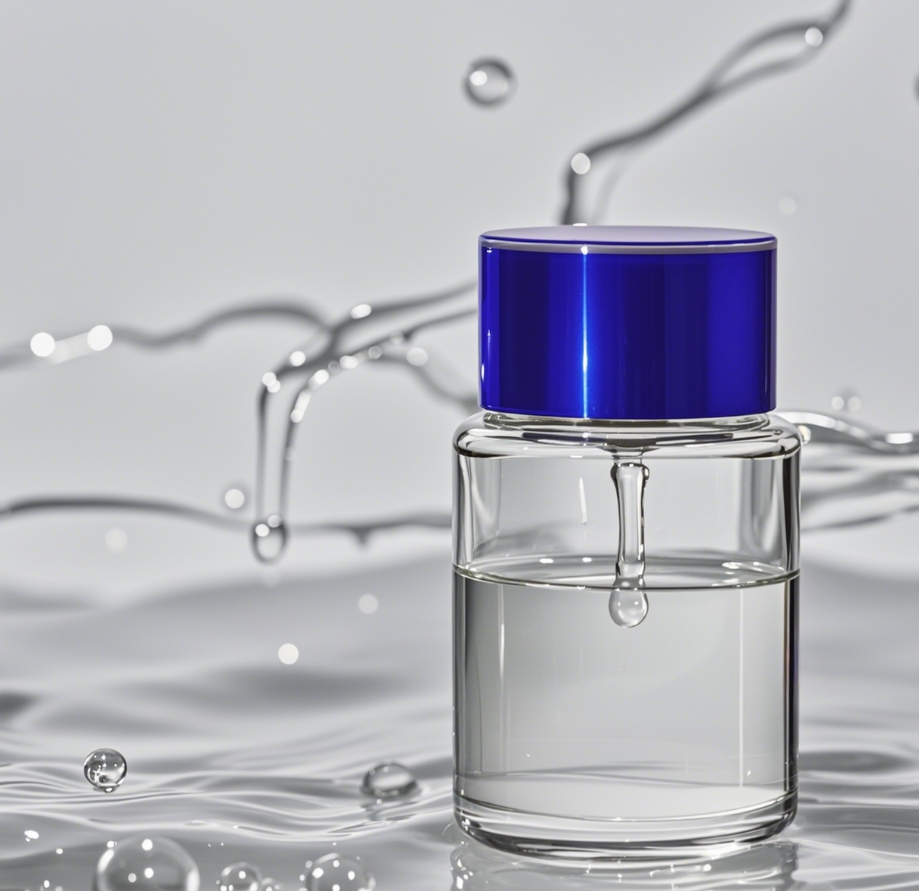Hits: 2137 img
Unveiling the Chemical Marvel

Hydroxyl silicone oil, a remarkable substance derived from the polymerization of siloxane monomers, boasts a unique molecular structure adorned with hydroxyl groups at both ends. This chemical wonder, denoted by its structural formula HO-Si(CH3)2O[Si(CH3)2O]nSi(CH3)2-OH, is more than just a mouthful; it's a testament to modern chemistry's ingenuity.
Properties That Make It Stand Out
With its colorless transparent hue and exceptional electrical insulating properties, hydroxyl silicone oil is a force to be reckoned with. Its high flash point, low freezing point, and viscosity-temperature coefficient make it resilient in temperatures ranging from -50°C to +250°C. Its hydrophobic moisture resistance, chemical inertness, and physiological inertness further cement its status as a go-to material for various industries.
Applications Across Industries
From serving as an anti-adhesive agent in paper processing to being a key component in electrical insulating paints, hydroxyl silicone oil's versatility knows no bounds. Its use as a base adhesive in RTV silicone rubber and as a control agent in silicone rubber processing underscores its importance in the manufacturing sector.
Dosage and Usage Tips
To harness its full potential, hydroxyl silicone oil must be used with a curing agent and coupling agent tailored to specific needs. Proper dilution and mixing techniques ensure optimal performance, whether for coating, sealing, or molding applications.
Storage and Handling Precautions
Storing hydroxyl silicone oil in clean, airtight plastic buckets away from acids, alkalis, and high temperatures is crucial. Following these guidelines ensures the material remains in prime condition for future use.
Hydroxyl silicone oil-IOTA